
Robert Downey Jr., the name synonymous with Tony Stark, Iron Man, and the very foundation of the Marvel Cinematic Universe, has captivated audiences worldwide for decades. His extraordinary comeback from personal struggles to global stardom is a tale often told, a true Hollywood redemption arc that has inspired countless fans and aspiring actors alike. He’s a bona fide titan, having reshaped the superhero genre and commanded staggering salaries, making him one of the highest-paid actors on the planet.
But beyond the glittering success and the multi-million-dollar paychecks, even a star of Downey’s magnitude has faced significant hurdles, missed opportunities, and outright professional setbacks that often go unnoticed in the glow of his triumphant return. Just like his character Tony Stark, who sometimes grappled with his own demons and failed inventions, RDJ’s journey is also peppered with moments that didn’t quite hit the mark, or outright “squandered opportunities” as he himself has called them. It’s a testament to his resilience that these bumps in the road are mere footnotes in his epic saga.
Today, we’re diving deep into some of these less-celebrated aspects of his career and financial journey, peeling back the layers to reveal a more complete picture of what it takes to navigate the treacherous waters of Hollywood. We’ll explore not just the explicit failures, but also the pivotal career struggles that impacted his path and, in the next section, even look at the contrasting financial realities of some of his fellow MCU stars, offering a fresh perspective on the challenges faced even by those at the pinnacle of the entertainment industry. Get ready for a candid look at the ventures and experiences that proved less than golden for the man who brought Iron Man to life.
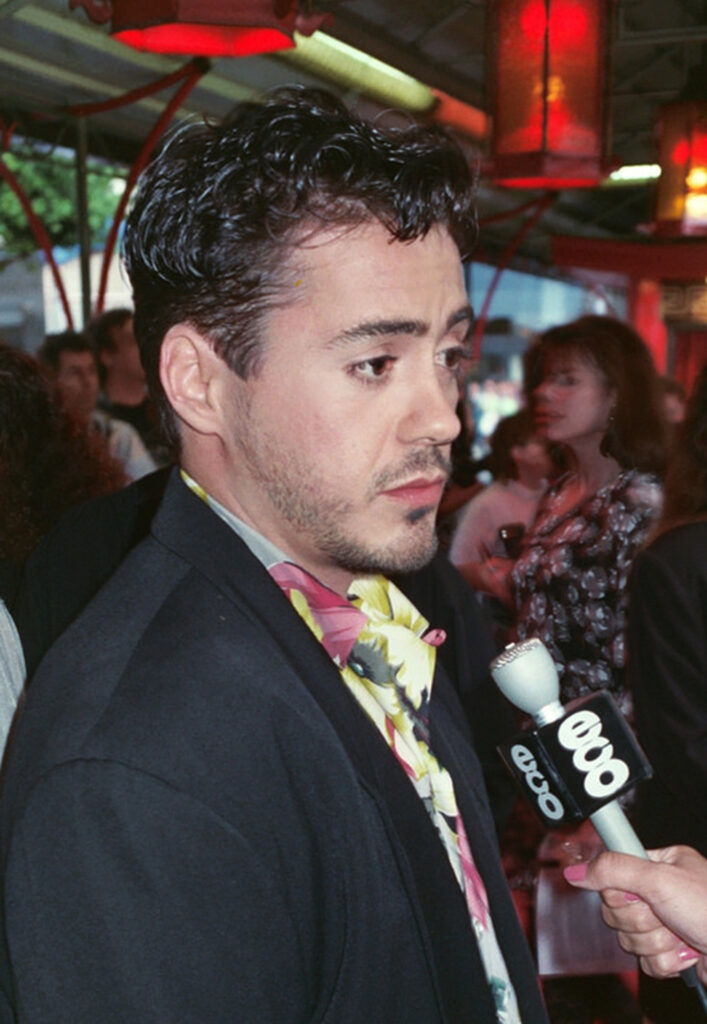
1. **The Box Office Disappointment of *Dolittle***This one stings a bit, even for someone as bulletproof as Robert Downey Jr. After a decade of unprecedented success with the MCU, culminating in the emotional farewell of Iron Man in *Avengers: Endgame*, RDJ decided to embark on a new adventure. The chosen vehicle? The 2020 adventure-fantasy film *Dolittle*. It was meant to be a grand new beginning, a potential franchise-starter that would showcase his post-Marvel versatility and command similar blockbuster appeal. Expectations were, understandably, sky-high.
However, the reality proved far less magical. *Dolittle*, made on a whopping budget of $175 million, struggled immensely at the box office, bringing in only $251.4 million worldwide. More critically, it failed to garner the critical commendation it “not only so desperately deserved but was even expected to get by the creators of the movie.” This wasn’t just a minor flop; it was, as RDJ himself admitted, a “two-and-a-half-year wound of squandered opportunity.” The film was conceived with “all the promise of being another big, fun, well-executed potential franchise,” but it simply didn’t live up to the hype.
Robert Downey Jr. later reflected on the film’s shortcomings, offering a candid explanation for its failure. Speaking with The New York Times, he confessed, “Me and my team seemed a little too excited about the deal and not quite excited enough about the merits of the execution.” He revealed that at the time, he felt “bulletproof,” believing he was “the guru of all genre movies.” This overconfidence, coupled with a lack of attention to crucial details, led to a critical misstep. The immense “stress it put on my missus [producer Susan Downey] as she rolled her sleeves up to her armpits to make it even serviceable enough to bring to market was shocking.”
Despite its commercial and critical struggles, Downey Jr. surprisingly still considers *Dolittle* one of his “most important films” in the past two and a half decades. He explained this paradoxical view in the same interview, stating, “the two most important films I’ve done in the last 25 years are The Shaggy Dog, because that was the film that got Disney saying they would insure me. Then the second most important film was Dolittle, because Dolittle was a two-and-a-half-year wound of squandered opportunity.” It appears even failures can offer invaluable lessons, leading to a “reset of priorities” and changes in business advisers.
This cinematic stumble, while not derailing his overall career trajectory, served as a poignant reminder that even Hollywood’s biggest stars are not immune to professional misfires. It showcased that charisma and past success aren’t always enough to guarantee a hit, and that meticulous execution remains paramount. *Dolittle* stands as a significant “squandered opportunity” in Downey Jr.’s post-MCU career, a project that, despite its potential, ultimately fell short of its grand ambitions.
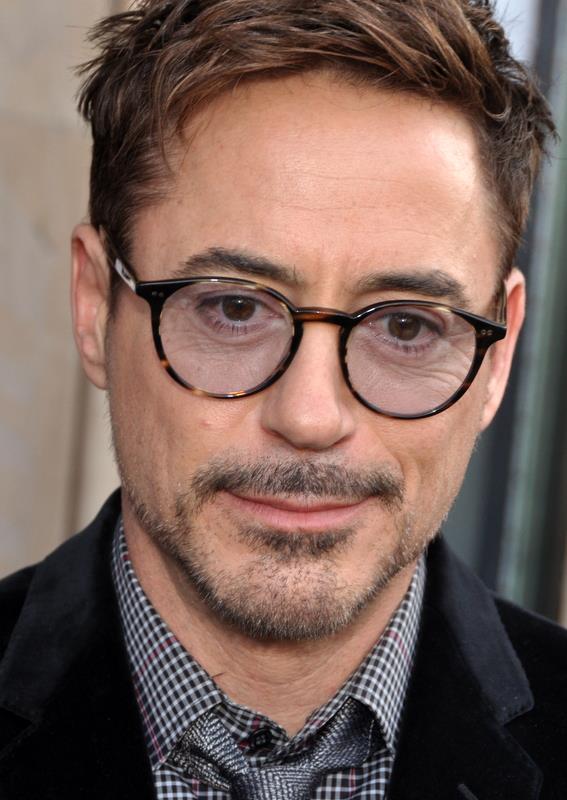
2. **The Impact of Early Addiction and Legal Troubles on His Career**Before he became the beloved genius, billionaire, playboy, philanthropist, Robert Downey Jr.’s life was marked by a deeply tragic period that profoundly impacted his burgeoning career. His father, filmmaker Robert Downey Sr., reportedly introduced him to narcotic substances at a very early age, setting the stage for a lifelong battle with addiction. This struggle wasn’t just personal; it bled directly into his professional life, creating an environment of unpredictability that Hollywood, historically, is not kind to.
Downey Jr. himself attributed his “downward spiral” to acting in the 1987 film *Less Than Zero*, a drug-heavy role that he felt blurred the lines between character and reality. He told The Guardian in 2003, “Until that movie, I took my drugs after work and on the weekends. Maybe I’d turn up hungover on the set, but no more so than the stuntman. That changed on ‘Less Than Zero.'” This marked a turning point, where his character became an “exaggeration of myself,” and then he, in turn, became an “exaggeration of the character,” a cycle that “lasted far longer than it needed to last.”
This escalating addiction led to a slew of highly publicized run-ins with the law throughout the latter half of the 1990s. Arrested multiple times on drug-related charges, his legal woes culminated in a three-year prison sentence in 1999, of which he served 15 months. This period of incarceration and constant legal battles created a significant professional vacuum, as studios became increasingly hesitant to cast an actor deemed unreliable and a liability. Hollywood, as the context notes, “abandoned Robert Downey Jr.” during this time, creating an undeniable chasm in his filmography and professional momentum.
His reputation for “unpredictability” became a major impediment to securing roles. Even Christopher Nolan, who would later direct him to an Academy Award in *Oppenheimer*, admitted to being “a little afraid of you” upon meeting Downey for *Batman Begins* casting, having “heard all kinds of stories about how you were crazy.” This candid admission from a top-tier director underscores just how profoundly his personal struggles had damaged his professional standing and how difficult it was to overcome that reputation.
Ultimately, this prolonged period of addiction and legal challenges represents one of the most significant career failures for Downey Jr., not in terms of a specific business venture, but in the broader context of managing his professional life and maintaining industry relationships. It created an environment where his immense talent was overshadowed by personal demons, leading to a decade of “comparative obscurity” where lucrative opportunities dried up and his star power waned dramatically, forcing him to embark on a formidable journey of rebuilding his career from the ground up.
Read more about: Behind the Laughter: 13 Celebrity Scandals from Classic Sitcoms That Were Kept Under Wraps at the Time
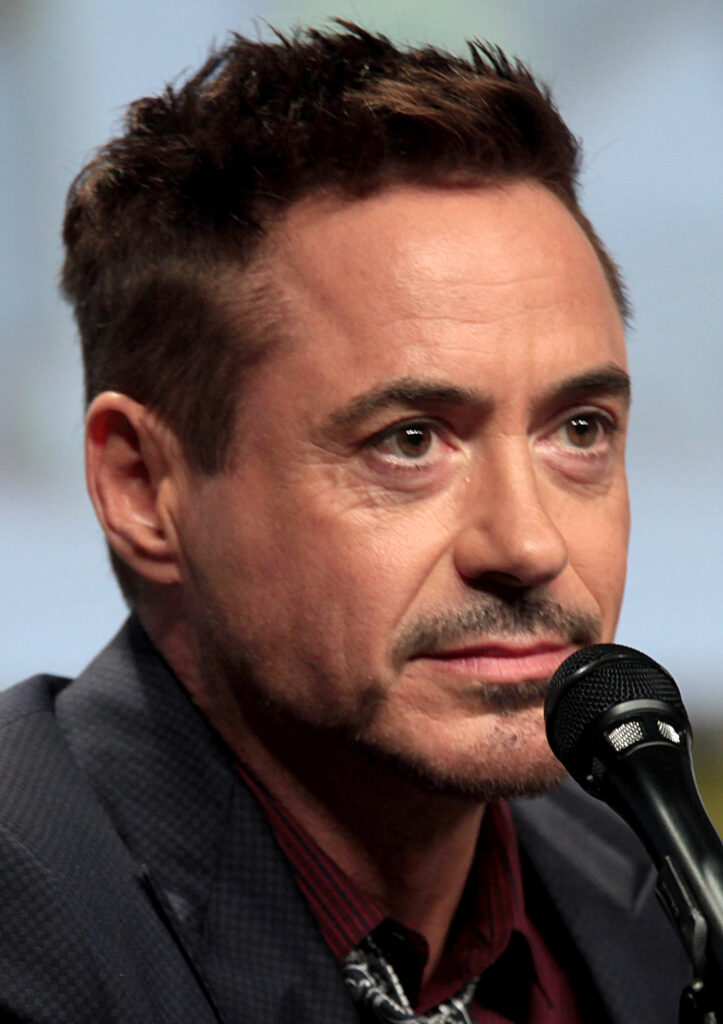
3. **Professional Setback: Removal from *Ally McBeal***Just as Robert Downey Jr. seemed to be making strides towards rebuilding his career after his 1999 prison release, another significant professional setback hit: his removal from the popular legal comedy-drama *Ally McBeal*. After being paroled in 2000, Downey joined the cast as Larry Paul, and his performance was, by many accounts, a breath of fresh air for the show. He brought his undeniable charisma and talent to the role, even earning a Golden Globe Award for Best Supporting Actor. For a brief moment, it seemed like the tide was turning.
However, the promise of this comeback was tragically short-lived. Despite the critical acclaim and renewed public interest, Downey’s struggle with substance abuse continued. His legal troubles resurfaced, and he was arrested again in 2001 on drug-related charges. This relapse and subsequent arrests proved too much for the production, which simply couldn’t endure the constant disruption and uncertainty. As a direct consequence of his inability to maintain sobriety, he was soon booted from the show, marking a highly visible and painful public professional failure.
Being removed from *Ally McBeal* was more than just losing a job; it was a devastating blow to his reputation and a stark reminder of the depth of his addiction. It demonstrated to Hollywood, yet again, that despite his talent, he was still an unreliable prospect. Downey himself recalled this period as his “lowest point in terms of addictions,” a candid admission that highlights the personal despair intertwined with his professional downfall. It was a clear signal that his personal demons were still firmly in control, jeopardizing any attempt at a sustainable return to the mainstream.
The ramifications were immediate and severe. The industry, already wary from his previous legal battles, became even more cautious. The episode underscored the precariousness of his position and reinforced the perception of unpredictability that plagued his career throughout the early 2000s. It wasn’t until he embraced sobriety in 2003 that he could truly begin the arduous task of reconstructing his career, a testament to how profoundly this public professional setback impacted his trajectory and the trust he needed to rebuild within the industry.
This incident serves as a stark example of how deeply personal struggles can intersect with and derail professional opportunities, turning a promising comeback into another chapter of challenge. It taught Downey Jr. and those around him a powerful lesson about the absolute necessity of addressing underlying issues for any sustained career success. The *Ally McBeal* saga wasn’t a business venture that failed due to market conditions or poor strategy, but a high-profile role lost due to personal struggles, illustrating a different, yet equally impactful, form of career failure.
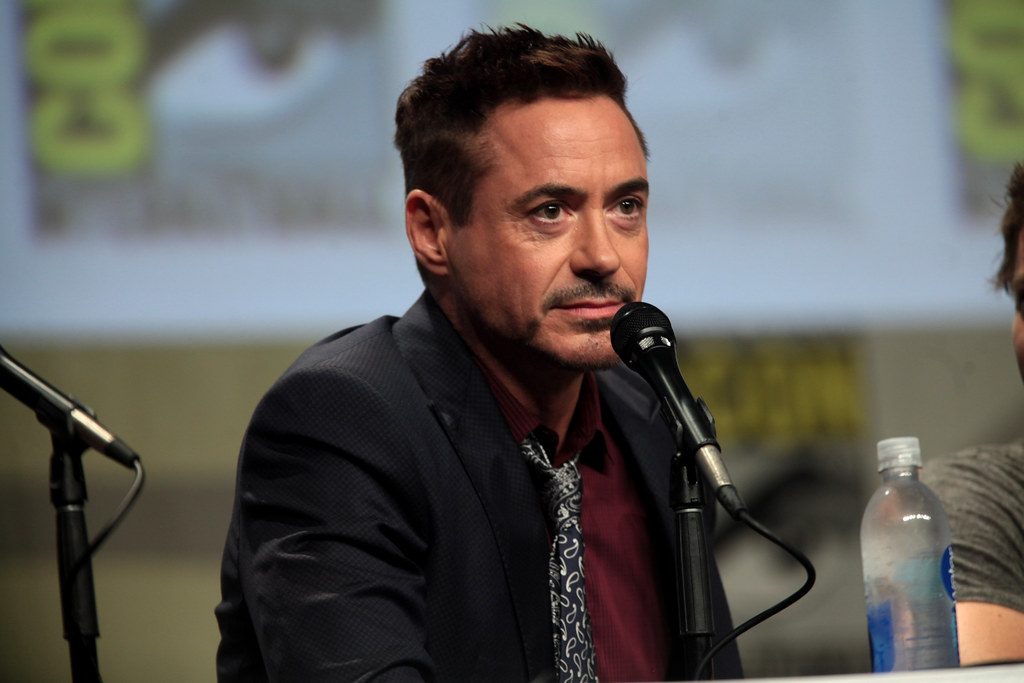
4. **The “Comparative Obscurity” and Unacclaimed Projects of the Late 1990s**Before his triumphant return with *Iron Man*, Robert Downey Jr. experienced a lengthy spell of “comparative obscurity,” particularly during the late 1990s and early 2000s. While the first half of the 1990s saw him garnering critical acclaim with roles like his Academy Award-nominated performance in *Chaplin* and appearances in respected films like *Richard III* and Robert Altman’s *Short Cuts*, his filmography towards the end of the decade tells a different story. This period was marked by a series of less acclaimed projects, often overshadowed by his personal struggles.
The context explicitly notes that his “late-1990s fare is far less acclaimed and involves projects like the Billy Zane action movie ‘Danger Zone.'” These weren’t the prestige projects or box office hits that an actor of his talent would typically be associated with. Instead, they represented a downturn in the quality and visibility of his work, a direct reflection of the industry’s hesitation to cast him in more significant roles due to his increasingly public issues with addiction and the law. He was being “abandoned” by Hollywood, leading to a decline in compelling career opportunities.
This era of “unpredictability” severely hurt his reputation and, consequently, his career opportunities. While he continued to work, the roles were often in less prominent films or projects that failed to make a lasting critical or commercial impact. These weren’t necessarily “failed business ventures” in the sense of a standalone company, but rather a sequence of less successful acting ventures that demonstrated a severe decline in his market value and the quality of his professional engagements. It was a period where his ambition was clearly hampered by forces outside the creative process.
The accumulation of these less successful projects and his diminishing visibility effectively pushed him out of the Hollywood mainstream. It created a situation where, despite his undeniable talent, he was no longer a go-to choice for major productions. This spell of obscurity was a significant career hurdle, demonstrating how a decline in personal well-being can directly translate into a decline in the quality and success of one’s professional “ventures” in the entertainment industry. It was a crucial, difficult chapter that underscored the long road he had to travel to regain his footing and reclaim his position as a leading man.
Now, with a clearer picture of the valleys Robert Downey Jr. navigated, it’s time to shift gears and zoom in on the financial peaks, especially those towering achievements related to the Marvel Cinematic Universe. While we might think of him as a titan who always commanded top dollar, his initial foray into the MCU was a fascinating blend of strategic risk-taking and undeniable talent. It’s a story not just about big numbers, but about the calculated moves that laid the foundation for unprecedented wealth – and the striking contrasts it created with some of his fellow Avengers.
Get ready to dive into the world of Marvel contracts, where the stakes were higher than an alien invasion, and the payouts ranged from “mere” millions to eye-watering sums that made even the studio execs “pissed.” This is where we truly see the strategic genius of RDJ at play, not just as Tony Stark, but as a shrewd businessman in his own right.
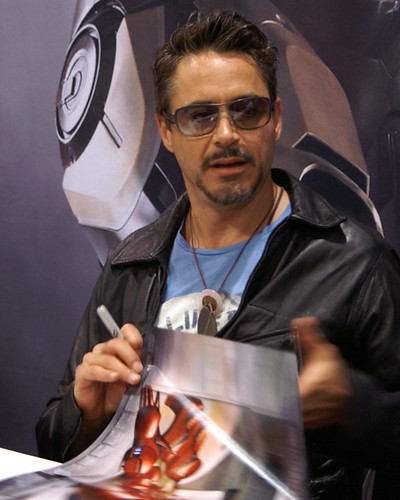
5. **Robert Downey Jr.’s Initial Financial Positioning with *Iron Man***Cast your mind back to 2008. The Marvel Cinematic Universe was merely a glimmer in Kevin Feige’s eye, and Robert Downey Jr. was still very much in the process of rebuilding his career, shaking off the shadows of his past struggles. Landing the role of Tony Stark in *Iron Man* was a monumental opportunity, championed by director Jon Favreau despite studio hesitations due to Downey’s past “unpredictability.” It wasn’t just another acting gig; it was a shot at redemption, a chance to solidify his comeback and prove his undeniable talent to a wary Hollywood.
But here’s the kicker: his initial salary for *Iron Man* was, by today’s standards for a lead in a blockbuster, a relatively modest $500,000. Yes, you read that right – half a million dollars for the role that would kickstart the biggest cinematic franchise in history! It hardly sounds like the payday of a future highest-paid actor, does it? However, this seemingly lower upfront fee was a deliberate “strategic risk-taking” on Downey’s part, as he and his team had the foresight to negotiate a percentage of the film’s backend profits. This move would prove to be nothing short of genius.
The importance of this deal, and the *Iron Man* opportunity itself, was not lost on Downey. After years of personal and professional wilderness, he understood that this role represented a significant turning point. He once reflected on this period, recalling advice from *Chaplin* director Richard Attenborough, who told him “that one day your ambition will supersede all of these other impulses you have, and that will help set you straight.” *Iron Man* was that moment where his ambition perfectly aligned with a pivotal role, setting him on a path not just to stardom, but to unprecedented financial success.
This strategic play was less about the initial paycheck and more about securing a stake in something that, while uncertain at the time, had massive potential. It was a testament to his belief in the project and, perhaps, in himself. That initial $500,000 was merely the opening bid in a financial saga that would soon spiral into figures that would make even Tony Stark raise an eyebrow. It demonstrates a crucial lesson in Hollywood economics: sometimes, a smaller upfront sum can lead to a much larger fortune if you bet on the right horse – and Robert Downey Jr. bet big on Marvel.
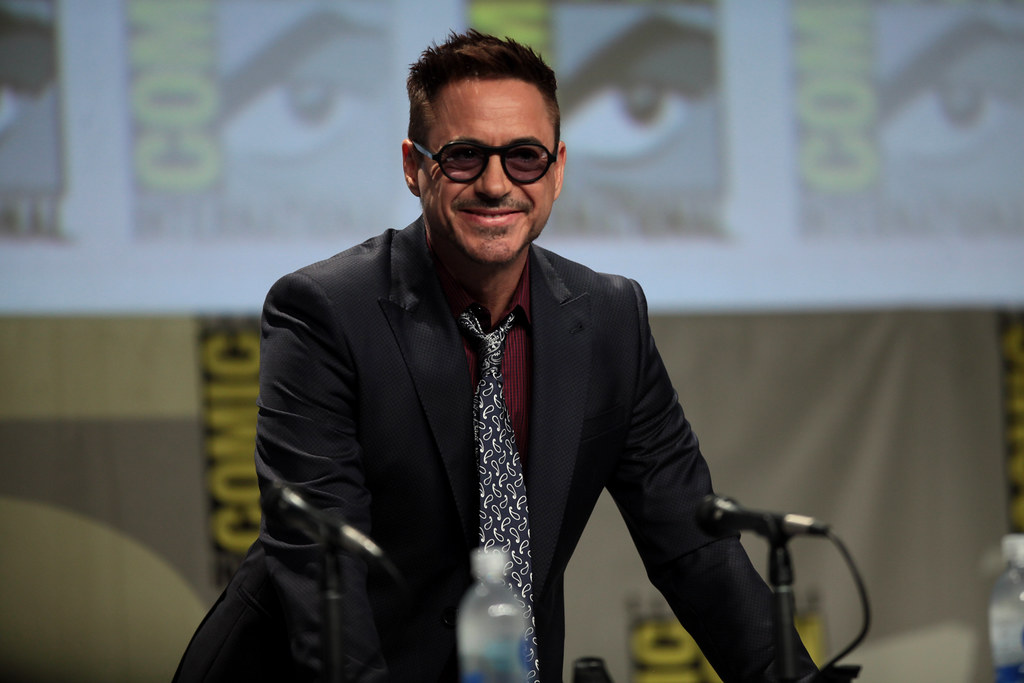
6. **The “Strategic Cost” of RDJ and His Escalating MCU Earnings**Once *Iron Man* proved to be a runaway hit, and the vision for the interconnected Marvel Cinematic Universe began to solidify, Robert Downey Jr.’s value to the burgeoning franchise became immeasurable. He was the anchor, the charismatic core around whom the entire Avengers initiative was built. And with each subsequent appearance, his “strategic cost” to Marvel Studios grew exponentially, turning those initial modest earnings into colossal paychecks that broke Hollywood records. The studio understood that he was, quite literally, irreplaceable.
By the time *The Avengers* rolled around in 2012, Downey’s negotiating power was undeniable. He reportedly walked away with a staggering $50 million for that single film. When asked if the figures were true in a throwback interview with GQ, Robert once admitted with characteristic wit, “Yeah. Isn’t that crazy? They’re so pissed. I can’t believe it. I’m what’s known as a strategic cost.” This candid remark perfectly encapsulates his unique position: a talent so vital that the studio had to pay handsomely, even if it pinched their pockets.
His earnings continued their skyward trajectory, a clear reflection of his indispensable status. For *Avengers: Age of Ultron*, reports indicate he made between $50 million and $80 million. The trend continued for *Avengers: Infinity War*, where he took home $75 million. And for his emotional farewell in *Avengers: Endgame*, which marked the culmination of the Infinity Saga, Downey earned another $75 million, with an incredible addition of $55 million through a backend deal. These figures, when tallied, reveal that Downey reportedly earned over $435 million from his MCU roles, including all backend deals and bonuses.
It’s an astonishing sum that unequivocally proves he was “worth every sum of it.” His portrayal of Tony Stark wasn’t just acting; it was foundational. He gave life to Marvel, transforming a collection of comic book characters into a global phenomenon. This unparalleled financial success wasn’t just a win for Downey; it underscored the power of leverage, timing, and being absolutely essential to a multi-billion dollar enterprise. He didn’t just play a billionaire genius; he became one, through brilliant on-screen performances and shrewd off-screen negotiations.
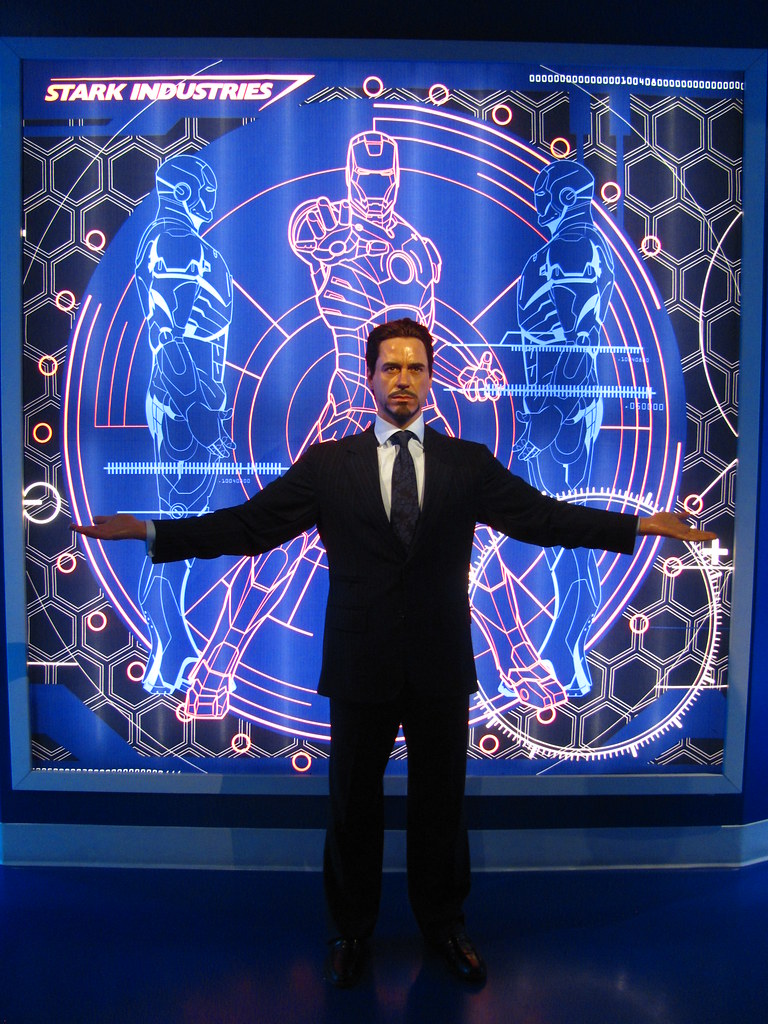
7. **Scarlett Johansson’s Stark Financial Disparity**While Robert Downey Jr. was racking up hundreds of millions, the financial landscape for many of his co-stars, even those central to the Avengers narrative, was dramatically different. Let’s talk about Scarlett Johansson, who brought the iconic Black Widow to life with fierce grace and unwavering dedication. Her character was a fan favorite, integral to the team, and a pivotal part of the MCU’s emotional core. Yet, her compensation tells a story of significant disparity when compared to her male counterparts, especially RDJ.
Consider her earnings for *Avengers: Age of Ultron*. While Downey was pocketing an estimated $50 million to $80 million for that film, Scarlett Johansson “received a mere $1 million.” Let that sink in. A cool $1 million is a substantial sum for most, but in the context of a blockbuster like *Age of Ultron* and Downey’s massive haul, it highlights a stark contrast. The context even explicitly notes it was “a sight less than Downey’s $10 million, plus a cut of the profits that netted him another $40 million” for the same movie. This wasn’t just a small difference; it was a chasm.
This disparity wasn’t just about individual talent, but about negotiation power, the timing of their contracts, and the perceived “value” of their roles at the inception of the franchise. Downey, as the original Iron Man, had the unique leverage of kicking off the entire universe, placing him in an unparalleled position. Johansson, despite her character’s undeniable importance and global appeal, entered the MCU at a different stage of its development and with different contractual terms, reflecting a common industry pattern where foundational stars often reap disproportionately larger rewards.
The Black Widow’s relatively lower payday, particularly in comparison to the leading man, brought to light a significant conversation about fair compensation in Hollywood and the complex dynamics of blockbuster franchise contracts. It served as a powerful example of how even indispensable talent can face considerable financial gaps, underscoring the vital importance of strategic negotiation and collective bargaining power, a lesson that would become increasingly relevant for other stars as the MCU continued its meteoric rise.
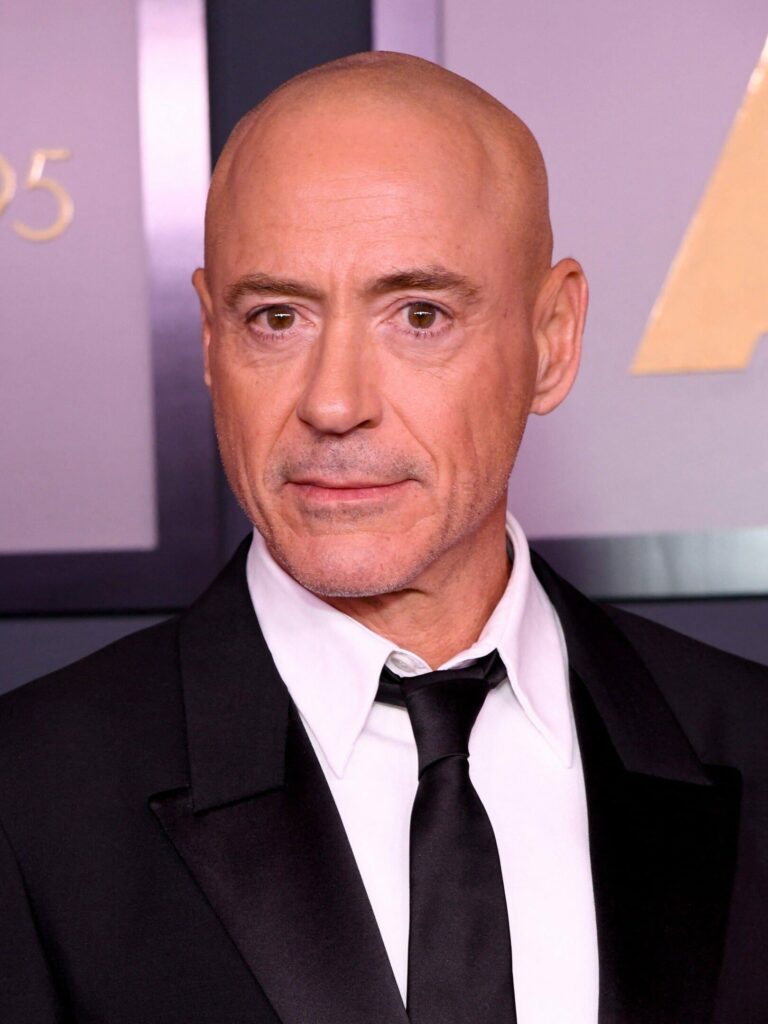
8. **Chris Evans, Chris Hemsworth, and Jeremy Renner’s Initial Earnings**The story of financial disparities extends beyond Scarlett Johansson to other beloved pillars of the Avengers team: Chris Evans as Captain America, Chris Hemsworth as Thor, and Jeremy Renner as Hawkeye. These actors embodied central roles, becoming synonymous with their characters and global icons in their own right. Their performances were crucial in cementing the MCU’s success and making the Avengers feel like a cohesive, formidable unit. Yet, their initial financial compensation for the groundbreaking *The Avengers* film starkly illustrates the tiered pay structure within the early MCU.
For their pivotal roles in the 2012 ensemble film, *The Avengers*, Chris Evans, Chris Hemsworth, and Jeremy Renner “similarly earned about $3 million each.” Now, three million dollars is certainly nothing to sneeze at, especially for a single film. However, let’s put that into perspective by remembering that Robert Downey Jr. commanded a whopping $50 million for the very same movie. The difference is staggering, showcasing the significant gap between the perceived “strategic cost” of the franchise’s lynchpin and other core members, no matter how beloved or integral they were.
This substantial pay gap ignited discussions within Hollywood and among fans about equity, particularly given the ensemble nature of *The Avengers* movies. It wasn’t just about individual salaries; it was about the collective strength of the cast. Indeed, an unnamed talent representative even implied that Downey himself was instrumental in adding pressure to certain contract negotiations, with one anonymous source vividly stating, “I have four words for Marvel — ‘F*** you, call Robert.'” This sentiment speaks volumes about Downey’s awareness of the disparities and his willingness to use his unprecedented leverage to advocate for his colleagues, embodying the “leader of the Avengers both on and off-screen” role.
The initial earnings of these core Avengers highlight a common early-franchise dynamic where studios secure talent at a certain rate before the true global phenomenon takes hold. While their salaries undoubtedly increased in later installments, these foundational contracts underline the significant financial head start Robert Downey Jr. secured through his early, shrewd negotiations and his irreplaceable status in kickstarting the entire universe. It was a clear demonstration of how power dynamics and early commitment could lead to vastly different financial outcomes for even equally talented and essential stars.

9. **Karen Gillan and Bradley Cooper’s Later MCU Earnings**As the Marvel Cinematic Universe expanded its cosmic reach, bringing in a new wave of incredibly talented actors to portray beloved characters, the contractual nuances and pay scales continued to tell an interesting story. Karen Gillan, who brilliantly brought Nebula to life, evolving from antagonist to a deeply sympathetic hero, and Bradley Cooper, lending his distinctive voice to the wise-cracking Rocket Raccoon, were integral additions to the *Guardians of the Galaxy* and the larger MCU tapestry. Their contributions were undeniable, yet their earnings further exemplify the varying financial returns for MCU stars.
The context reveals that “Karen Gillan (Nebula) reportedly earned under $12 million for all her MCU appearances combined.” To put this into perspective, Gillan appeared in multiple films, including *Guardians of the Galaxy Vol. 1 & 2*, *Avengers: Infinity War*, *Avengers: Endgame*, and *Thor: Love and Thunder*, not to mention *The Guardians of the Galaxy Holiday Special*. Earning less than $12 million for an entire multi-film, multi-year commitment in one of the highest-grossing franchises ever paints a clear picture of the vast difference in compensation compared to the foundational stars like RDJ. It underscores that even significant, fan-favorite roles didn’t always translate into comparable financial windfalls.
Bradley Cooper, on the other hand, presented a different case as a voice actor. He “made upwards of $30 million for all his voice performances as Rocket Raccoon.” While $30 million is a hefty sum, especially for voice work, it’s crucial to note this is for “all his voice performances” across numerous films. Considering the global box office revenue and the sheer volume of his appearances, even this figure pales in comparison to RDJ’s per-film earnings. Cooper’s deal reflects the market rate for high-profile voice talent, but again, it highlights the unique financial position Downey carved out for himself early on.
These examples from later MCU additions, Karen Gillan and Bradley Cooper, further illustrate the complex financial ecosystem within the Marvel Cinematic Universe. They highlight that while the franchise was a goldmine for many, the distribution of that gold was far from uniform. Factors like the timing of their entry into the franchise, the nature of their roles (live-action vs. voice), and their individual negotiation power all played a part in shaping their ultimate earnings. It reinforces the narrative that while being an MCU star was undeniably lucrative, Robert Downey Jr.’s early gamble and strategic positioning truly set him apart, making him a financial superhero in his own right.
And there you have it, a candid look into the triumphs and tribulations, the strategic wins and the striking financial disparities that paint a more complete picture of life beyond the screen for Robert Downey Jr. and his fellow MCU heavyweights. From RDJ’s “two-and-a-half-year wound of squandered opportunity” with *Dolittle* to his ingenious “strategic cost” in the Marvel universe, his journey is a masterclass in resilience, reinvention, and shrewd business acumen. It’s a testament to how determination and vision can turn even the biggest setbacks into a foundation for long-term success, both creatively and financially. In Hollywood, much like in life, it’s not just about the roles you play, but the strategic moves you make along the way that truly define your legacy.

:max_bytes(150000):strip_icc()/shp-oprah-x-vionic-sneakers-tout-39e4fb93ae0a47919b7cf084a9aecbc7.jpg)

